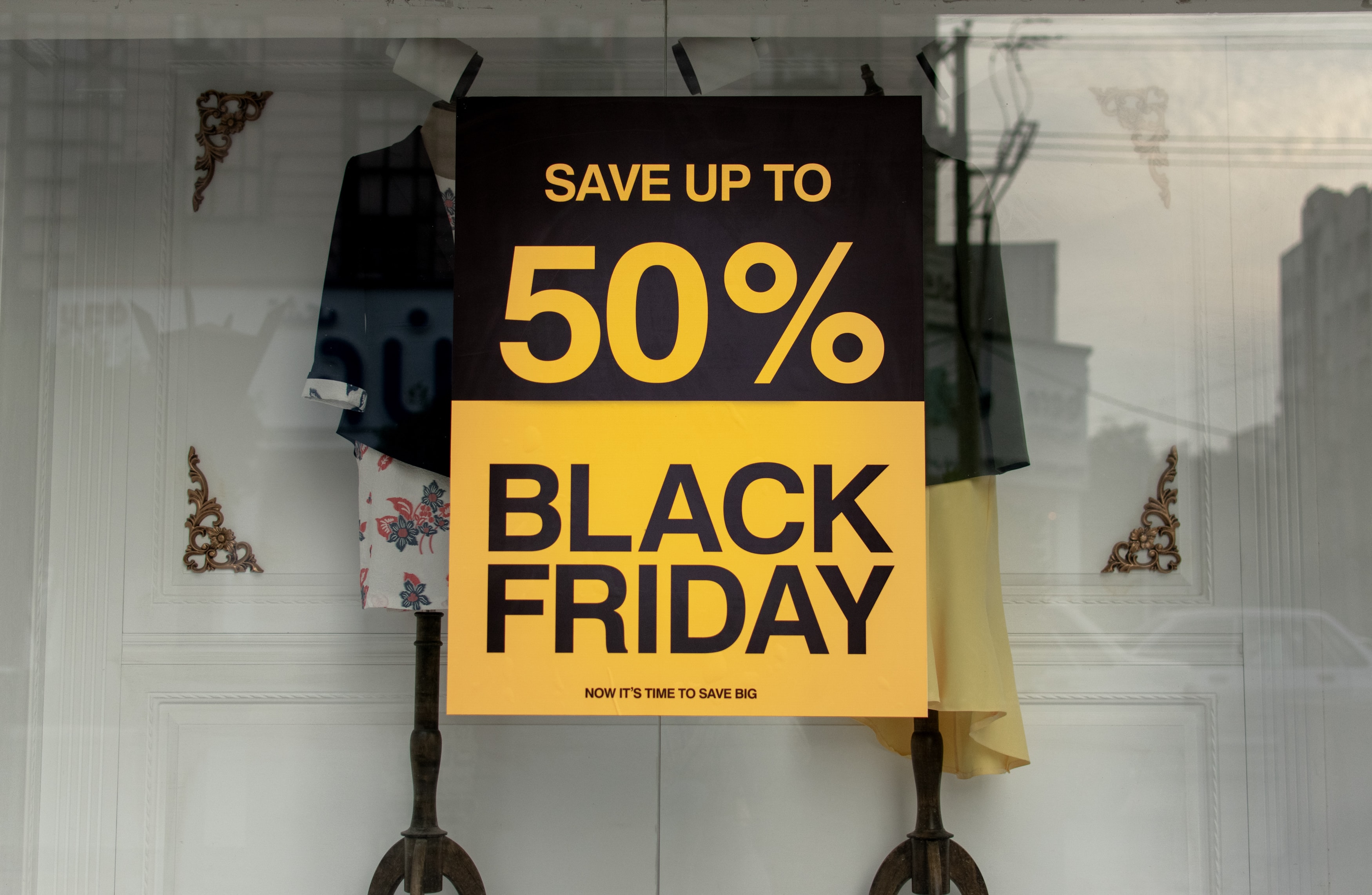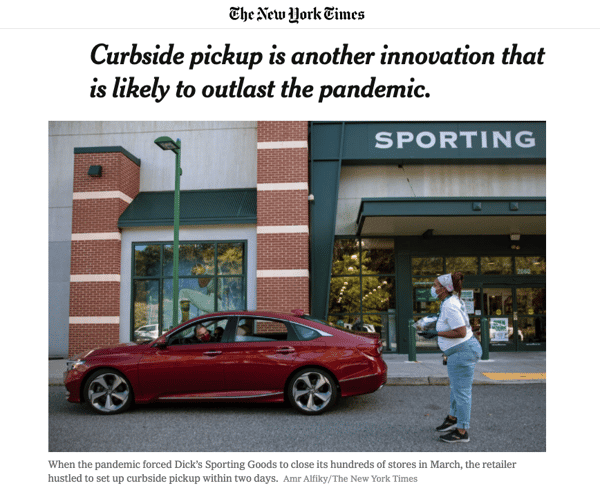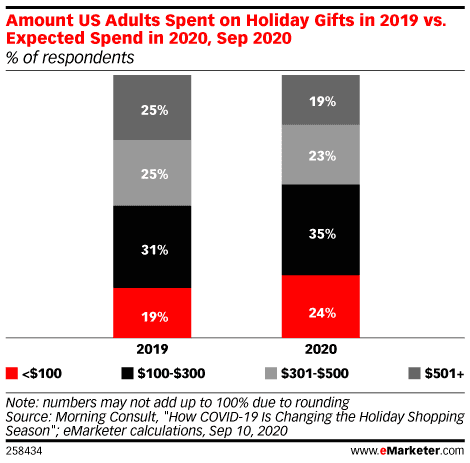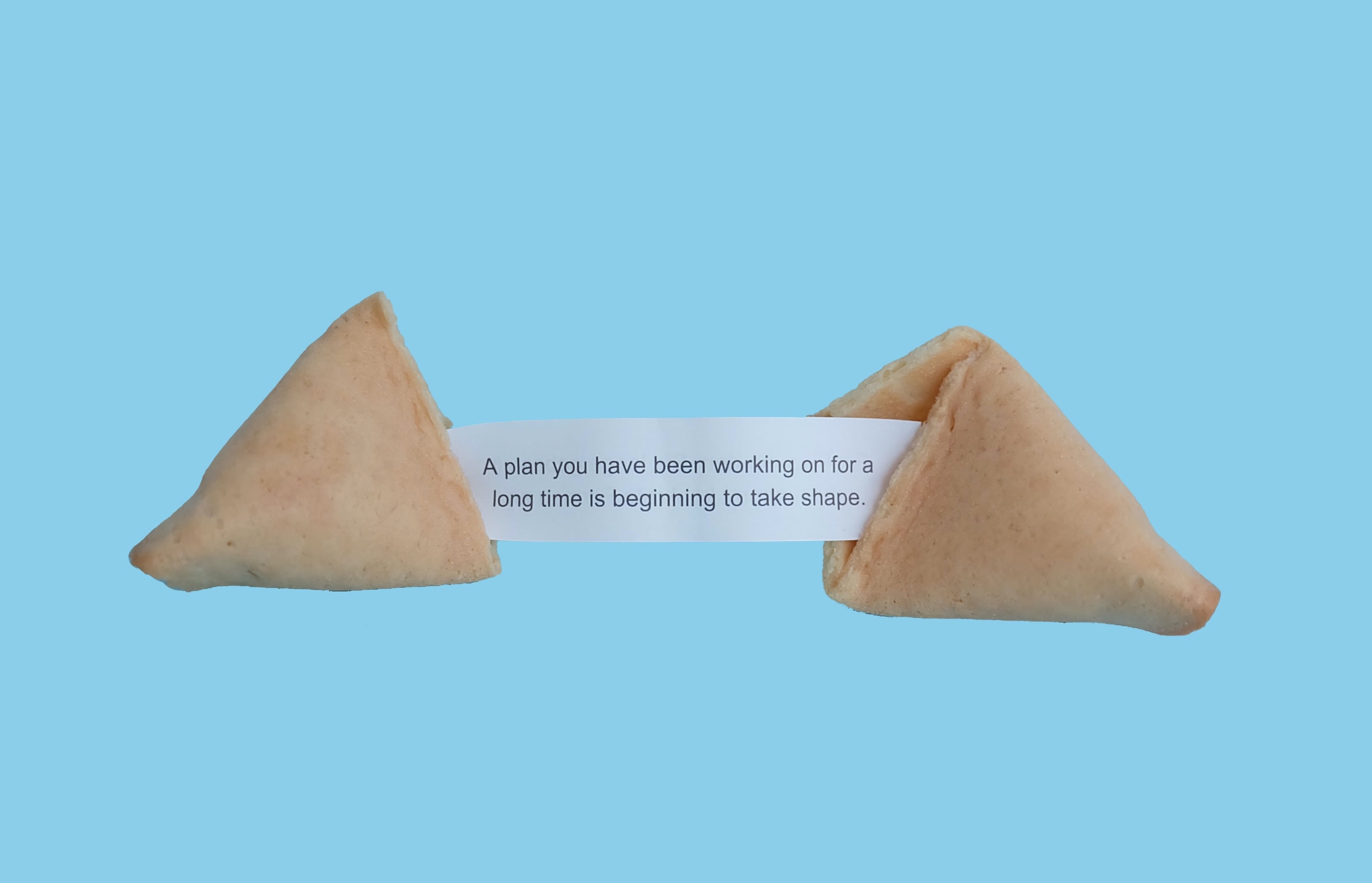The Art of Brand Storytelling: How to Craft Narratives That Resonate
In a world flooded with advertisements and promotions, it's not enough to simply showcase your product or service to attract sales.Product research,...
3 min read
 Brian Vieira
:
10/12/20 10:45 AM
Brian Vieira
:
10/12/20 10:45 AM

Always the day after Thanksgiving, Black Friday falls on November 27th this year. Of all the things normal and expected about Black Friday, the list largely ends there this year.
way through retail environments.
It was always somewhat like the excitement of Supermarket Sweep, but with six million people racing through stores rather than a mere six contestants.

Now, the game has changed once again. Online and brick-and-mortar retailers face a new reality. Here are four factors every retailer should prepare for in a reimagined Black Friday.
With major retailers like Target, Walmart, and Home Depot deciding to stay closed on Thanksgiving – the traditional kickoff to the holiday shopping period – unprecedented importance will be placed on e-commerce to do the heavy lifting as customers go online to explore discounts.
Online, customers can compare deals across multiple stores to find the deepest discounts, rather than shop a single retailer at a time. As shoppers open up more and more tabs to compare deals across stores, retailers will need to find new approaches to stand out, create preference, and encourage customers to shop on their site.
There are 28 shopping days between Black Friday and the holidays this year, spanning four weekends. That's one less weekend for retailers compared to two years ago, but three additional days.
Retailers will be at task to maintain the Black Friday excitement throughout the entire holiday shopping period. However, with customers still hesitant to visit crowded stores, many will turn to online shopping. In the past, online shoppers wisely accounted for delivery windows when making their holiday purchases, streamlining their purchases a couple of days before the holidays to ensure on-time delivery.
 Since COVID-19, there has been a notable uptick in the availability of convenience options for customers like curbside pickup. Retailers with the ability to navigate the operational hurdles to offer curbside pickup during the busiest shopping season may be able to enjoy customer spending for every one of those 28 shopping days.
Since COVID-19, there has been a notable uptick in the availability of convenience options for customers like curbside pickup. Retailers with the ability to navigate the operational hurdles to offer curbside pickup during the busiest shopping season may be able to enjoy customer spending for every one of those 28 shopping days.
The impact of the recession and unemployment rates will have many customers far more selective on where they spend their money, how much of it they spend, and how long they will engage in what will seem like a period of discounts lasting longer than a month.

Unlike any year since it began in 2015, Prime Day 2020 (usually mid-July) will occur on October 13-14. With many customers taking advantage of this initial savings push, retailers will need to work harder to keep potentially cash-strapped sales-seekers interested come Black Friday. However, a cash-strapped customer means one of two things: a decreased desire to participate in the November splurge, or an increased desire to reap the rewards of deep discounts as they enter the gift-giving season.
A shift to online shopping during Black Friday may have many conveniences for customers, but one major inconvenience to retailers is a potential dampening of impulse purchases. When people traditionally shopped Black Friday in-store, they would enter with one or two must-have items on their shopping list, but leave with many more items in their shopping basket.
Impulse purchases, however, are much harder to replicate in the online experience. Harder, but not impossible. Retailers will need to be creative in their approach to encouraging customers to add more items into their basket and enjoy more savings. For customers who added one item of apparel to their basket, suggest additional items to complete the look, potentially at slightly deeper discounts if bought as a set. Make recommendations for holiday gifts and stocking stuffers. Or even get a jump on the self-gifting season, which typically occurs after the Christmas rush.
This year will test many retailers' agility and creativity as we experience a Black Friday, unlike any other Black Friday. While no one can predict what will happen in the weeks preceding the holiday season, it will be interesting to witness the makings of a new retail normal.
Retailers who can: generate awareness early, sustain excitement longer, lean into their digital and online presence, take advantage of contactless transactions, and design their promotions around the new macroeconomic realities of customers should end up enjoying returns on their investments and efforts.
But customers, hopefully, will end up the real winners this season.
Sign up for our monthly newsletter to receive updates.
In a world flooded with advertisements and promotions, it's not enough to simply showcase your product or service to attract sales.Product research,...

Your brand position, at its core, is a statement reflecting the perception your desired target audience holds to represent your values, offerings,...

The amount a business should set aside for its marketing budget will vary based on its position in the market, its business goals, and the...